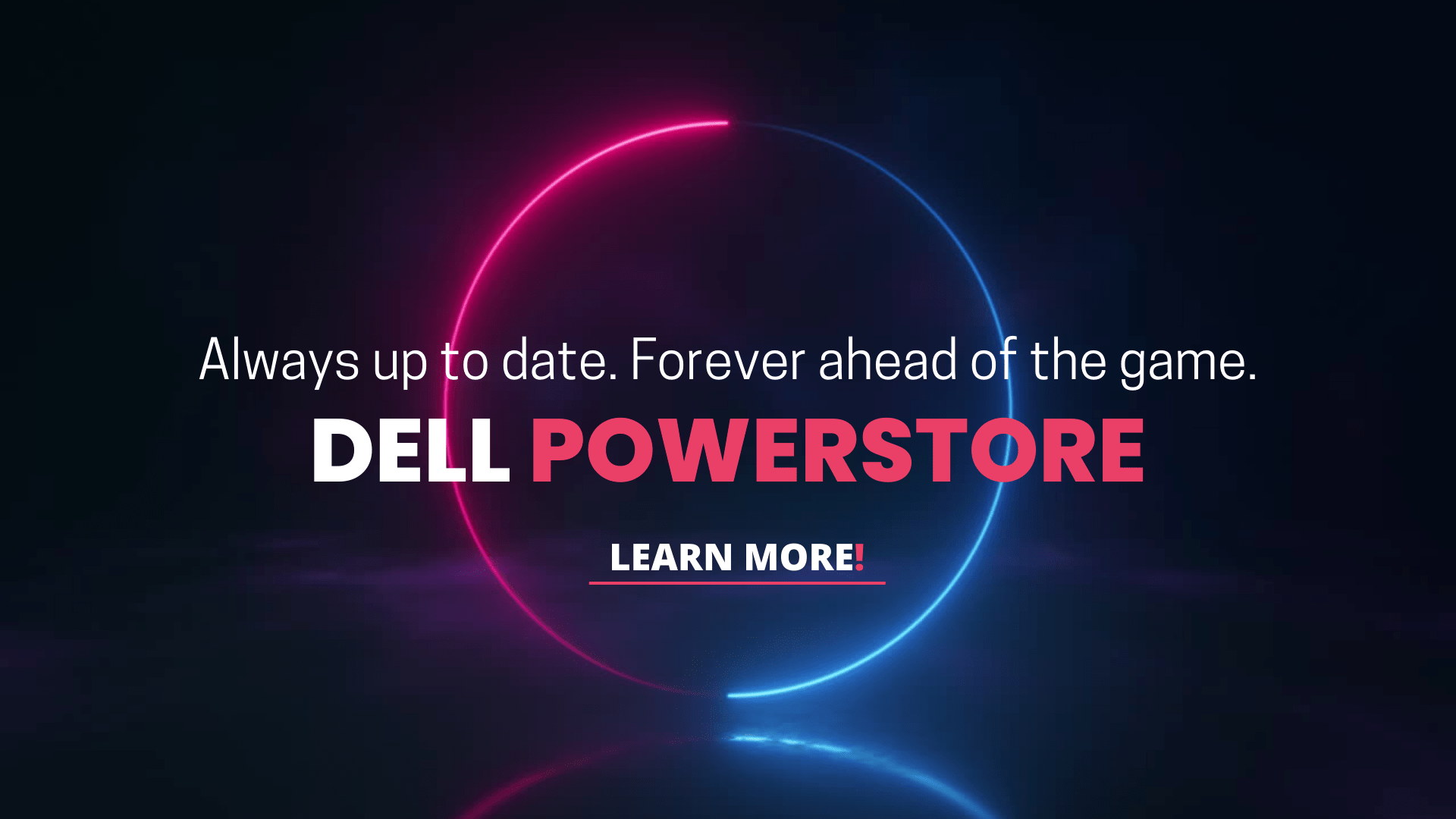SDS is typically more agile and cost-effective than traditional NAS and SAN approaches to storage, with the added bonus of enabling more rapid and economical scaling of storage, and the ability to easily make quick changes to SDS configurations than it is to storage running on dedicated hardware.
Looking to the future
Storage providers are now looking to the next phase of software-driven storage and Dell seems to be taking a step forward with their Powerstore platform.
It’s been a heady two years for PowerStore. Since the platform launched in 2020, they’ve sustained an incredible pace of innovation, with matching sales success:
- Three feature-packed major releases
- three Product of the Year awards,
- 12,000 successful deployments in 90+ countries,
- 50 million customer run hours and multiple exabytes of effective capacity installed
Within a year of launch, PowerStore became the fastest-ramping new storage architecture in Dell history.
Their PowerStore promise is to remain continuously modern, whilst evolving with business needs to radically simplify IT for the long term, which they say they’ve done with extraordinary “software first” capabilities like AppsON, intelligent scale-out, Dynamic Resiliency Engine (DRE) and a growing diversity of storage automation tools for DevOps and Containers.
Based on the array of automation tools, 120+ features, the integrated intelligence available with Dell PowerStore and its adaptive architecture, which we’ve implemented within our customer base that has boosted and simplified workload performance, we’re incline to agree.
Why we chose Dell PowerStore?
One big reason we’re offering Dell PowerStore to our customers is their Anytime Upgrade program which future-proofs their storage capability and provide agility to respond to unforseen changes and the ability to scale and innovate with flexible upgrades beyond just a next-gen controller swaps, without the need for contract renewals at anypoint within their contract. And with Dell PowerStore 3.0 they’ll be able to:
Boost workload performance
- Go faster – PowerStore has always been known for their speed and sub-millisecond latency. They’re now raising the bar with up to 50% more IOPS for mixed workloads, up to 70% faster writes2, and up to a 10X improvement in copy operations.
- Scale higher – They’re also increasing the maximum capacity 66% to over 18 PBe per cluster, with support for up to 8x more volumes per appliance.
- Deploy an NVMe ecosystem – New 100Gb NVMe/TCP deployment is fast and easy, thanks to Dell’s SmartFabric Storage Software. Organisations without Fibre Channel infrastructure can now connect PowerStore to blazing-fast NVMe/TCP networks offering up to 73% better performance at 50% lower cost per port.
Innovate without limits
- Have more data mobility and protection – Added native file, vVols and metro area synchronous replication to their existing asynchronous block replication. Now we can protect ANY workload (block, vVols or file) entirely within the PowerStore environment.
- More enterprise file – PowerStoreOS 3.0’s file enhancements make PowerStore the overwhelming favourite for unified file and block solutions. In addition to replication, there’s the ability to increase file performance, adding VMware file support and implementing new security features like File Level Retention/WORM and third-party monitoring.
- VMware integrations – End-to-end VMware visibility within the PowerStore Manager GUI is now available. There’s also the ability to provision VM-level PowerStore services like snapshots and replication directly from vSphere. No matter which management perspective our customers prefer, this two-way integration simplifies and streamlines VMware storage solutions.
- Deeper cybersecurity – Security has always been fundamental to our customers. With the NIST-aligned development, we can focus on minimising risk and addressing vulnerabilities. This release adds Hardware Root of Trust and Secure Boot for immutable silicon-based protection against malware tampering, third-party key manager support, end-to-end FIPS 140-2 compliance (now including all appliance models, expansion enclosures, NVRAM and data drives) and CEPA-enabled ransomware detection.
Final thoughts
The backdrop to all this is that not only will the next step to software-driven storage be packed with flexibility for our customers, it will also streamline the acquisition of new capabilities as time goes by, so that their workloads are always running on the latest technology.



